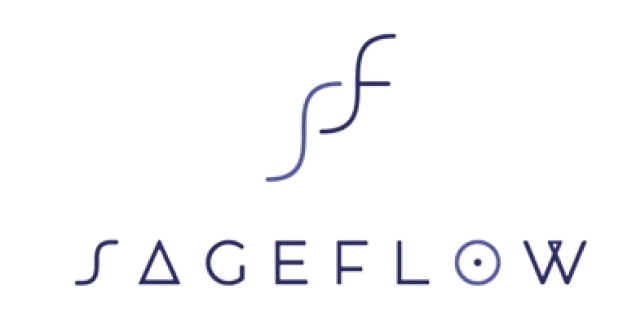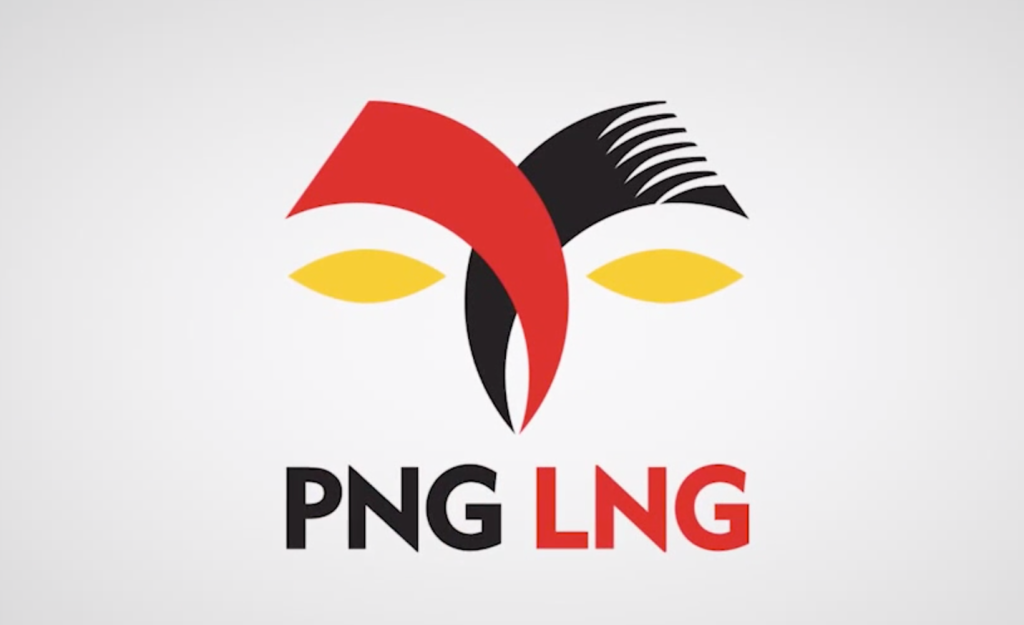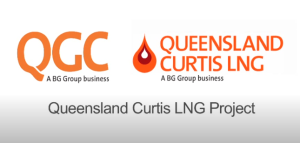An industry leader in almost every aspect of the energy and chemical manufacturing businesses, they operate facilities or market products in most of the world’s countries and explore for oil and natural gas on six continents.
This company’s guiding principle is: “We are committed to being the world’s premier petroleum and chemical manufacturing company. To that end, we must continuously achieve superior financial and operating results while adhering to high ethical standards.”
This is what that means to them in terms of their employees: “The exceptional quality of our workforce provides a valuable competitive edge. To build on this advantage, we will strive to hire and retain the most qualified people available and to maximize their opportunities for success through training and development. We are committed to maintaining a safe work environment enriched by diversity and characterized by open communication, trust, and fair treatment.”
The Issue:
The company referenced in this case study was the principal on a large-scale Liquified Natural Gas project, which developed natural resources in an extremely rough environment with many complexities associated with it.
The magnitude of this project was enormous. As their Project Executive mentioned in the following video:
“This has just been the most extraordinary project that I have worked on. The work itself, the number of projects we had to do, the number of challenges that we faced and overcome successfully, the number of people that it has taken to do this project. Together with all the other non-routine factors that have come with working in a very remote location, with very little infrastructure and with all the socio-economic activities that have been going on and all the support that has been going on, it really has made this project extraordinary.”
The main challenges they faced throughout the project were:
- The extremely rough terrain, especially with the project stream responsible for placing the onshore pipeline from sea-level up to 2700 meters at the tip-end of the spine-line over more than 290 km with moving camps across very inhabitable terrain. So-called running tracks needed to be laid to ensure that the work could continue, and the working camps could be installed and maintained as they progressed.
- The drilling rigs with varying pressures, the weight of the drilling rigs and varying soil types.
- Komo airfield which needed to be built in order to provide the rest of the project with the necessary pieces of equipment to make the project successful. It needed to build an airfield which could accommodate one of the largest cargo airplanes in the world. This required a runway which has never been built in PNG before.
What we did:
The project principal wanted to ensure that not only their own employees were trained, guided and coached on ensuring a high level of involvement and engagement on the project, they also included all their contractors in the roll-out of a large-scale cultural programme across the entire project.
I personally joined the team in March 2009 and was the Project Director for 3 of their main project workstreams, among which were the Onshore Pipeline and the creation of the Komo airfield. As referenced above, two of the most challenging project streams of the entire LNG project.
To use the words of the Managing Director of the principal referenced in this video: “I feel really proud to be part of the team” [that pulled off this massive achievement].
Together with the various project teams, we developed a series of detailed roadmaps to achieve the desired result as defined by the principal. We also had a number of strategic meetings with the Executive Leadership team for each of the project workstreams in order to understand how we could roll out the programme as effectively as possible. The main challenges here were the fact that the workforce was based in various places across Australia and PNG and especially for the onshore pipeline, it was an enormous task to ensure that we were able to reach everyone who was part of the programme roll-out.
The other key challenge that you face with these types of project engagements is that you need to ensure that you are able to build engagement at a very fast pace as the overall lifecycle of the project is limited and the culture needs to be as effective as possible within the shortest possible window.
Once we had agreed on the different roadmaps and modes of implementation, we developed a series of training programmes which we rolled out to each of the different groups, provided individual coaching to a large number of executives, leaders, managers and supervisors and ran a number of working groups to ensure that each of the employees were able to put the learnings into their daily jobs.
One example of such a working group is that we developed a safety observation card with pictorials on them so that it would be possible for those employees who were not able to read or write to understand the essence of what was expected and could observe others on these critical behaviours as well.
We also helped select and train a large number of employees to become safety champions who became natural leaders in safety for their work groups.
The Result:
We managed to create the desired culture in a very short timeframe and were able to generate the results that the principal and each of the workstream executives were hoping for. The level of culture throughout the project remained at a very high level and performance indicators showed that the efforts we have put in as a team have provided a high level of quality and results for the entire project team.
The organisational transformation project we embarked on together with them has been a true demonstration of what is possible when everyone is convinced of the possibilities when working together to achieve a common goal.
Detailed Performance Results for the overall project were not released but have been extraordinary for the project of this magnitude and complexity. The contractor of the Onshore pipeline has released this information and will be shared in a more detailed case study we developed for the work we have done together with them on this project.







